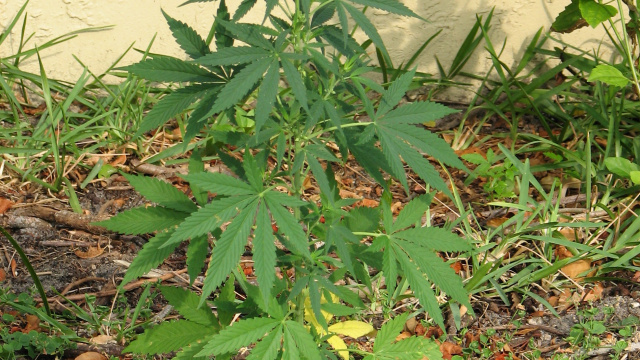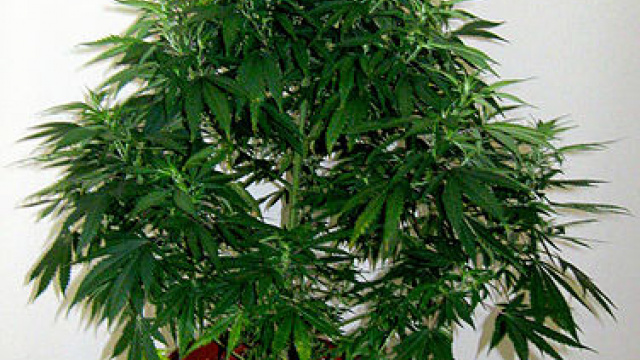Introduction
Farm fishing is on the rise around the world. In fact most of the salmon on the market today is farm raised. Other types of fish raised by fish farms are cod, catfish, sea bass, carp and tilapia.
To understand fish farming we should look at the way it is done today. There are two ways fish are farmed today is by the Intensive Aquaculture and Extensive Aquaculture methods.
Intensive Aquaculture
The main ingredient to Intensive Aquaculture is that the fish being raised are fed by the farmer and do not have to look for their food. The number of fish you can raise is dependent on the species of the fish, the amount of oxygen available and in some cases the food that is provided.
This type of system requires large amounts of fresh water. The best and cheapest way is to provide a cage in the river or ocean. This will supply plenty of fresh water for the fish to breath plus there is no need to cleanse the water. One type of fish raised this way is salmon which utilizes cages in the ocean.
An other method for supplying fresh water that is available is a combination of hydroponic horticulture and water treatment. This method removes the wastes generated by the fish and returns pure clean water. The wastes are recycled to grow various vegetables and other plants.
Extensive Aquaculture
As opposed to Intensive Aquaculture, Extensive Aquaculture allows the fish to find their own food. But the fish farmer does provide the initial push for the food. These Intensive Aquaculture farms are found in ponds and are enhanced by the farmer adding fertilizer to the pond allowing the vegetation and algae to grow which the fish will feed on.
Fish grown by this method are normally non-carnivorous. Several different types of fish can be grown by this method in the same pond because they do not compete for the same food sources. For example, some carp eat mainly grasses and tilapia eat algae. Since both these fish eat different sources of food, they can be raised together provided they are not overpopulated depleting the oxygen supply.
Conclusion
Today more than 40% of the fish consumed is farm raised by either the Intensive Aquaculture method or using the Extensive Aquaculture system. The type of fish raised varies from carnivorous fish such as salmon, trout and sea bass to non-carnivorous fish such as carp, tilapia, and catfish.
To learn more about the benefits of Omega-3, and receive a free e-book which discuses all the benefits of Omega-3 at Walter Chase’s web site Good Fatty Acids.




kiberge
Braga Basaria, M priligy review